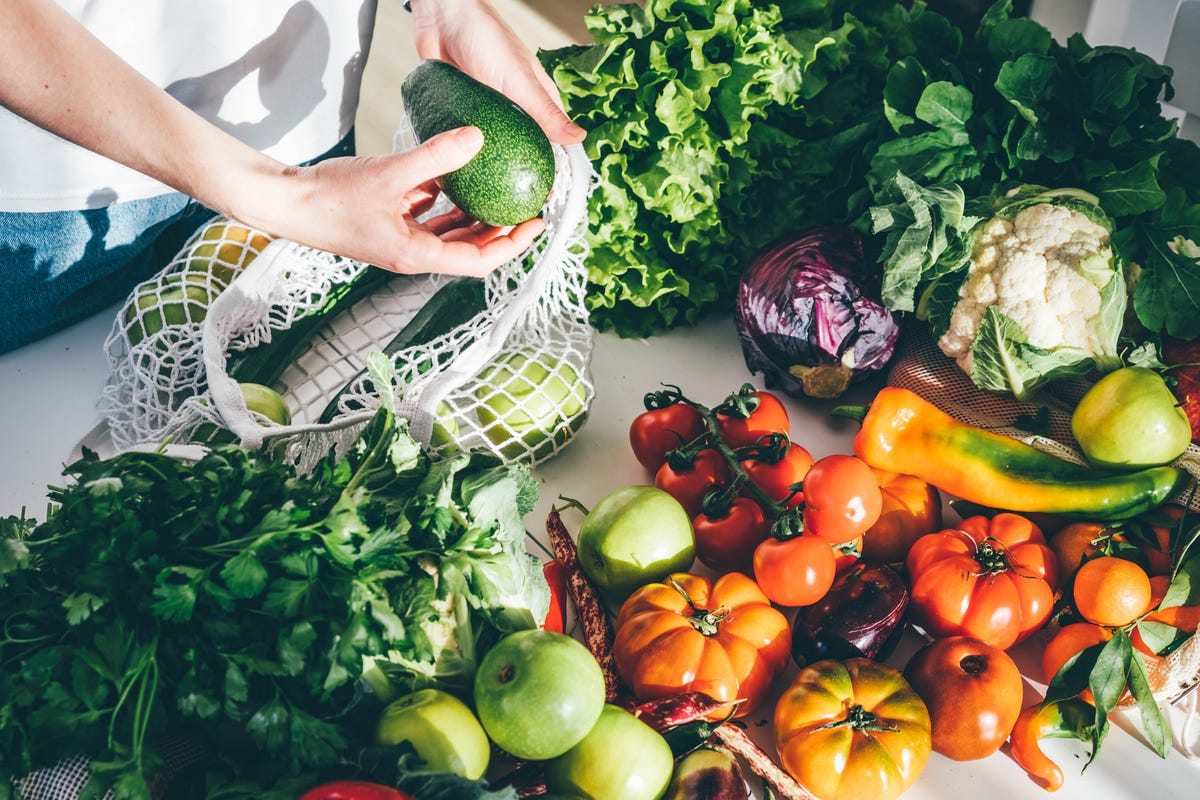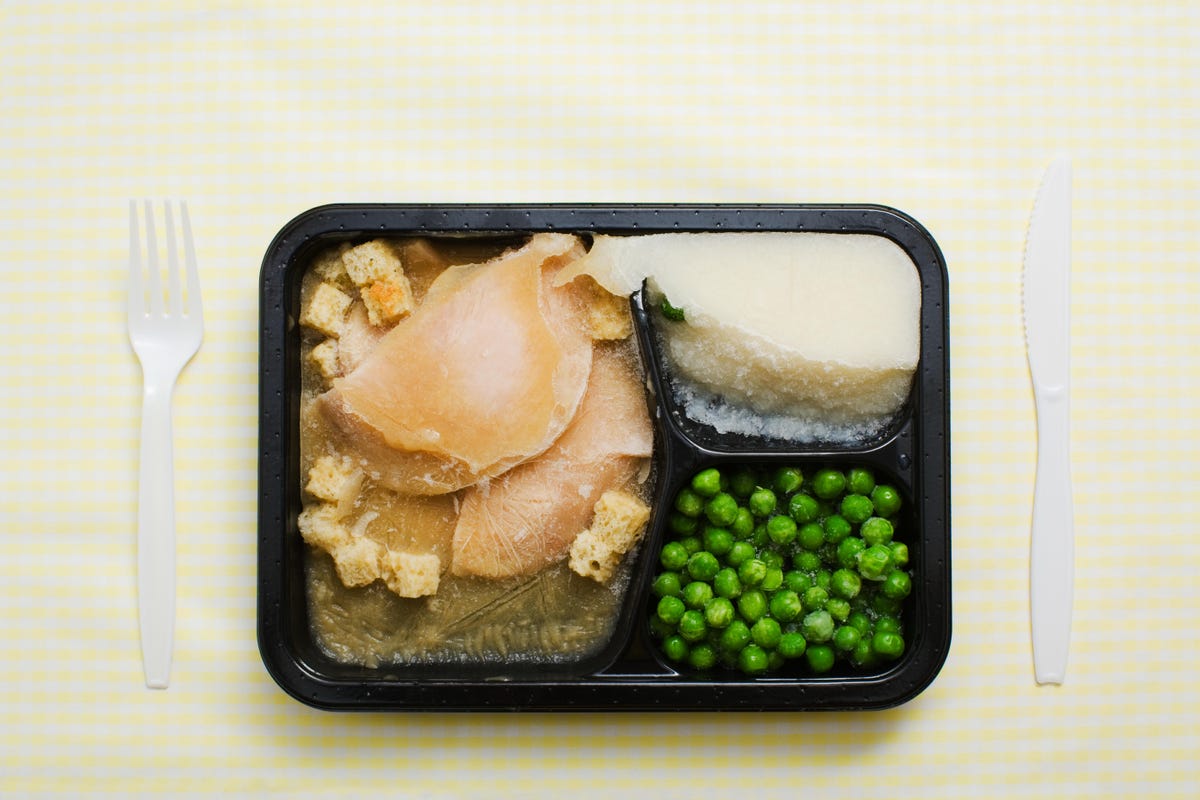“I really try not to eat processed foods.” You hear it come out of your mouth, and the moment it happens, you realize you only have the slightest idea of what it actually means. means. At least that's how it happened to me once. Even if you haven't expressed the feeling out loud, you have certainly heard the term and in an effort to get healthier, tried to reduce the consumption of uncomfortable and possibly fatal (?) processed foods. But what exactly does this vague designation mean, and are processed foods really as bad as they're advertised to be? Should you avoid processed foods entirely, and if so, how? Answering the first of these questions can help you figure out the rest.
What are processed foods?
The term processed food actually applies to any food that has been altered in some way before being sold or consumed. O The International Food Information Council qualifies (PDF) food processing as “any deliberate change to a food that occurs before it is available for consumption – as simple as freezing or drying food to preserve nutrients and freshness or as complex as formulating a frozen meal with the right balance of nutrients and ingredients.”
There are a thousand and one ways to modify foods, from the drastic to the most basic, including ancient techniques – such as drying and fermenting – to more modern chemical and biological modifications, with new ones being developed all the time. Foods are also modified for many different reasons, from improving taste and visual appearance to extending shelf life, but also for some unexpected reasons that you might not associate with processing – ones that might actually be very good for you.
Observation: For the purposes of this article, we will not discuss genetically modified or “GMO” foods, which have been altered prior to growth at the molecular level and which raise a separate set of questions and concerns.
The few completely unprocessed foods — the ones you've been telling yourself to eat as much as humanly possible — are a fairly small list of fruits and vegetables, meats, nuts, seeds, and a few other foods that are consumed essentially as they were when they left the land, the tree, the vine, the pod, the shell, the sea or the farm. So a better question to ask yourself when strolling the grocery store aisles isn't “is this processed?” but rather “how processed is it?” and also “how is it processed?” Talking very Generally, the less processed the better, but there are some important caveats.
See more information: 7 ways to have a healthy diet without spending a lot
The way a food is processed is more important than whether or not it is

Raw fruits and vegetables, especially organic versions, are often the least processed foods in the supermarket.
Some minimally processed foods, such as bagged vegetables, fresh fruits, plain rice and grains, green salads, seeds, nuts, and roasted coffee beans are technically processed, but in harmless ways such as simply cooking, grinding or preparing them for convenience in the store and at home. These foods are processed for your benefit: cleaned, cooked, or cut for safety and ease.
Slightly more processed foods, such as packaged cookies or frozen fruits, vegetables, and legumes, often have processing beyond cooking, such as an added preservative such as salt or sugar, but the effect is often minimal as majority The basic packaging and freezing processes are effective and relatively non-invasive.
Canned foods are not as simple to navigate, as they often include more ingredients and more complex processing or preserving methods. Peaches, for example, are often canned in corn syrup-based juice, while many other canned vegetables and soups are full of nitrates and preservatives. There is also the presence of BPA, an industrial chemical found in the metal of some food cans that have been linked to serious health problems. But ultimately, almost all canned, preserved and frozen foods will suffer some loss of nutrients, so fresh is always better if possible.
Medium processed foods

Quality bread is typically not processed in a way that could harm it, but be careful with bread that has been bleached to remove color or stuffed with sweeteners to add flavor.
Most processed foods include those modified in terms of taste and appearance with sweeteners, flavoring agents, preservatives. This includes many long-lasting bottled sauces, salad dressings, soups, pastas, and sauce mixes. This more complex category requires you to read and research specific ingredients to know what you are putting into your body. The general rule is that the fewer ingredients, the better. And remember, they are listed in descending order, from most prevalent ingredient (by volume) to least present. Hard-to-pronounce ingredients are often chemical fillers, sweeteners, colorings, nitrates, antibiotics and other preservatives. Most nutritionists recommend that you avoid this whenever possible.
Bread and baked goods are a food category that ranges from extremely highly processed to not very processed at all and consumption should be carefully considered. Bleached white breads and rolls, like the Wonder brand, are highly processed and preserved, eliminating most of the nutritional value. More natural brands like Arnold and Bread Alone, may still contain some preservatives, but not as many as its cheaper, longer-lasting friends in the bakery aisle. Again, read the ingredients; the less total and the more you recognize, the better.
Ultra-processed foods: Avoid at all costs

While some modern frozen food and meal delivery services are made fresh and frozen without preservatives, many are still ultra-processed and should be removed from your diet.
The worst (and most) processed foods often come via a convenience Trojan horse and include most ready-to-eat, frozen, or prepackaged meals, mixes, soups, and sweets. The more complicated the food, the more likely it will be necessary to adulterate it to keep it edible and tasty. That means most frozen pizzas and microwave TV dinners, as well as complex packaged desserts with fillings and toppings, like Twinkies and Pop-Tarts. Ultra-processed foods contain extremely low levels of nutrition. A 2022 Study in Brazilian adults showed that these foods contribute to premature death at a surprising rate.
Most bought in store bacon, prepackaged hot dogs and deli meats are also highly processed and packed with nitrates to prevent the growth of bacteria, so much so that they are classified as carcinogenic by some standards. This classification does not apply to everyone and some newer food brands such as organic Amy's Kitchen have found ways to prepare and distribute prepared and frozen foods without the heavy use of chemical preservatives. The proof is usually in the packaging, so read, read, and then read some more.
Another thing to watch out for is “low-fat,” “sugar-free,” and other “diet” foods, which are often processed at a higher rate than others, and often in an unhealthy way. Consider that if a food is classified as “low fat,” it means the fat (flavor) has been removed from the original product and has likely been chemically altered or contains a bevy of flavor additives to compensate for the loss of flavor. Most of the time, that means sugar, which is arguably worse for you than the original fat that has been removed. On the other hand, many foods low in sugar or carbohydrates are enriched with alternative chemical sweeteners, ranging from highly chemical ones (aspartame and saccharin) to those of more natural origin (stevia and monk fruit).
Some foods are processed forever

Orange juice is often fortified with extra fiber, calcium and other nutrients.
While the term “processed foods” certainly has a negative connotation, many foods are processed to to improve or strengthen its health benefits and overall nutritional value. Certain baked goods and granolas are fortified with fiber or riboflavin, for example. Milk, juices, beverages and yogurts often get a boost of calcium or vitamins that have varying degrees of positive impact on health.
Pasteurization is another common form of processing, especially of juice, milk and milk by-products such as cheese and yogurt. It uses heat to kill potentially harmful pathogens and extend shelf life. Pasteurization does not rely on heavy additives like other preservation methods and serves as another example of food processing that should not concern the average person.
In general, the term “processed foods” should not be something that scares or stops you from buying or eating something, but if you suspect or discover that something has been tightly processed, for any reason, it would be wise to consider both the means and the process by which it was altered before purchasing. When it comes to food, as with almost everything, knowledge is power.





